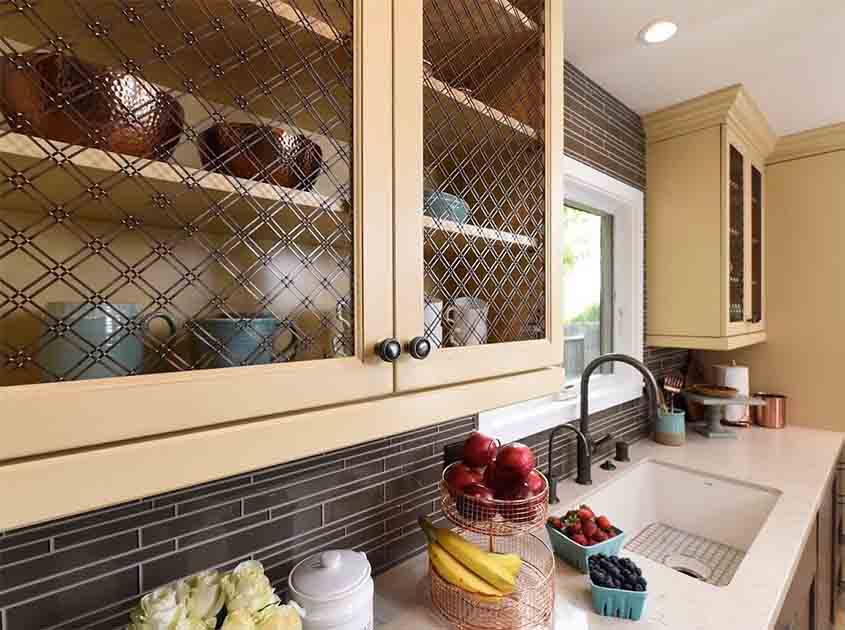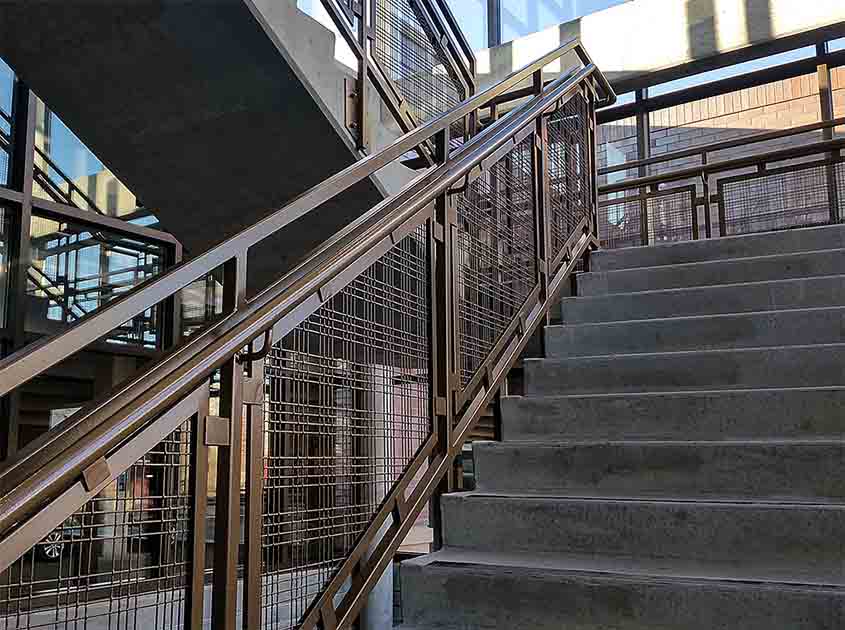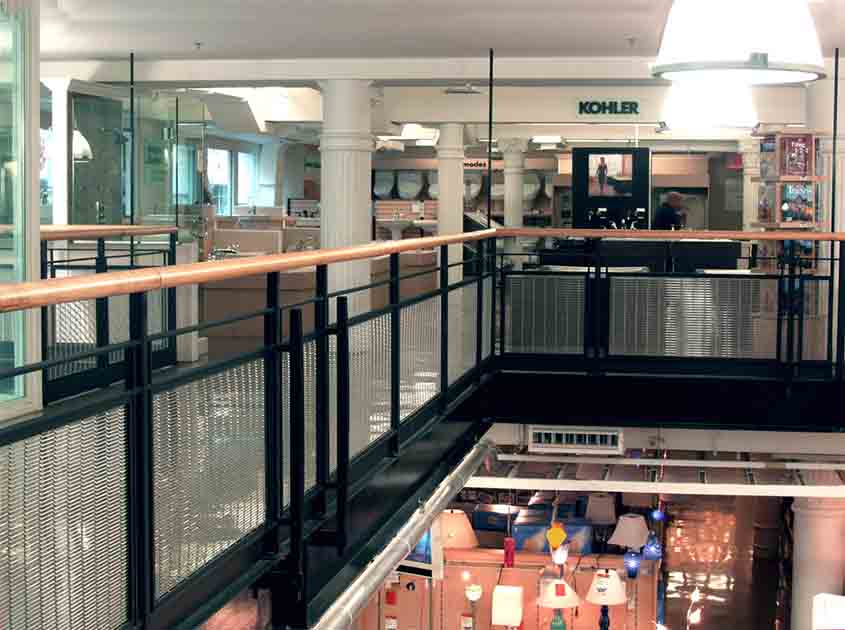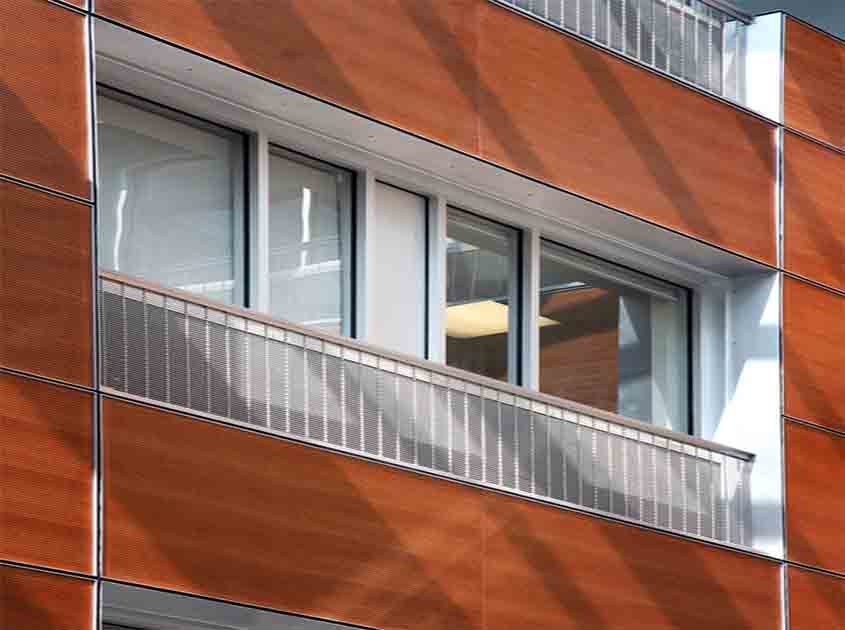Introduction:
Architectural woven wire mesh is a versatile material that has gained immense popularity in the field of design and construction. With its intricate patterns, durability, and flexibility, it offers a wide range of applications that go beyond conventional uses. In this article, we delve into the world of architectural woven wire mesh and explore its versatility in various design contexts.

Enhancing Aesthetics:
Architectural woven wire mesh brings a unique visual appeal to architectural projects. Its interwoven patterns and textures create a striking visual impact, adding depth and dimension to surfaces. From interior partitions and feature walls to exterior facades, this mesh can be used to transform ordinary spaces into visually captivating environments.

Functional Applications:
Beyond aesthetics, architectural woven wire mesh serves functional purposes as well. It can act as a shading element, providing privacy and reducing glare while allowing natural light and ventilation to pass through. It can also be used as safety barriers, balustrades, or acoustic panels, offering both protection and aesthetic value.

Spatial Division and Flexibility:
One of the key advantages of architectural woven wire mesh is its ability to pide spaces without compromising openness. By using the mesh as partitions or room piders, designers can create distinct zones while maintaining a sense of visual connectivity. Moreover, the flexibility of the material allows for easy customization, adapting to different spatial requirements and design concepts.

Integration with Lighting and Technology:
Architectural woven wire mesh can be integrated with lighting systems to create stunning visual effects. When combined with backlighting, the mesh becomes an illuminated feature, casting mesmerizing shadows and patterns. Additionally, advancements in technology have led to the development of interactive mesh surfaces that can display digital content, making them ideal for modern, dynamic spaces.

Sustainability and Environmental Benefits:
As sustainability becomes increasingly important in the design industry, architectural woven wire mesh offers eco-friendly advantages. The material is often made from recycled or recyclable metals, contributing to reduced environmental impact. Furthermore, its light-filtering properties can help regulate indoor temperatures, reducing the reliance on artificial lighting and HVAC systems.
pre:The Versatility of Architectural Woven Wire Mesh in Architec
next:The Role of Architectural Woven Wire Mesh in Modern Design
© 2025 Joinwin Architectural Wire. All Rights Reserved. | Sitemap
Recommended Read
The Beauty of Texture: Architectural Woven Mesh in Interior Wall Panels
The Art of Light Play: Architectural Woven Mesh in Lighting Installations